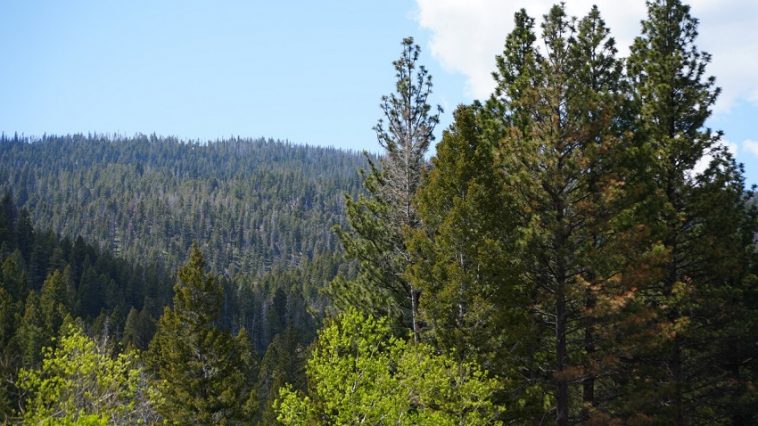Missoula, MT — As Montana and much of the West brace for another intense wildfire season, the federal government is considering a major overhaul of how it fights wildfires. A new proposal aims to consolidate wildfire response responsibilities, now divided among five separate agencies, into a single Federal Wildland Fire Service.
The U.S. Forest Service, under the Department of Agriculture, currently manages the largest share of federal wildfire response. However, four other agencies within the Department of the Interior — the Bureau of Land Management, National Park Service, U.S. Fish and Wildlife Service, and Bureau of Indian Affairs — also share firefighting duties on their respective lands. Proponents of the new plan argue that the fragmented system creates bureaucratic hurdles that slow response times and complicate resource allocation.
Montana U.S. Senator Tim Sheehy, a lead Republican sponsor of legislation proposing the unified agency, says the consolidation would reduce red tape and better equip wildland firefighters with the tools they need. “By condensing all of this responsibility into one organization, we’re going to provide the necessary support, funding and tools for our brave wildland firefighters when they go out there to protect our communities,” Sheehy told MTN.
The bill, co-sponsored by Democratic Senator Alex Padilla of California, calls for a single federal agency responsible for wildfire response, preparedness, and recovery. This concept also aligns with the Trump administration’s 2026 budget proposal.
Currently, there are approximately 18,700 federal firefighters, managers, and support staff involved in wildfire operations. More than half work within the Forest Service, with the remainder distributed among the Interior Department’s agencies. While interagency coordination exists through structures like the National Interagency Coordination Center, Sheehy contends that formalizing these efforts into a dedicated, year-round agency would greatly enhance effectiveness.
Luke Mayfield, former Forest Service firefighter and president of Grassroots Wildland Firefighters (GRWF), an advocacy group for improved federal firefighter pay and benefits, supports consolidation. “It has the potential to create a modernized system that can hopefully be fluid, flexible and foundationally built to last across administrations,” Mayfield said. While GRWF initially proposed placing the new agency under the Department of Homeland Security, Mayfield says he is open to it being housed within the Department of the Interior, as the bill suggests.
However, Mayfield acknowledges the challenges ahead. “The Department of Interior absorption of the Forest Service fire program is a bit like a minnow trying to swallow a salmon,” he said, noting that the Forest Service currently handles the majority of contracting and personnel management for federal fire response.
Both Sheehy and Mayfield emphasize the need to proceed carefully to ensure a smooth transition. Mayfield hopes the final agency will be firefighter-led, with improved efficiency and working conditions. He also calls for a comprehensive study to assess whether current federal wildfire resources are sufficient or if reforms in process and funding are needed.
Sheehy envisions the new agency operating with similarities to the military, incorporating active-duty and reserve firefighters. “If we treated our wildland firefighters like our soldiers and sailors, with comparable pay, benefits and medical coverage, the American people would be up in arms if it wasn’t happening,” he said.
Despite ongoing discussions of federal budget cuts, Sheehy argues that investing upfront in wildfire management will save money long-term. “Spending a little bit up front will save a tremendous amount of money,” he said, stressing the importance of rapid response, prescribed burns, and forest thinning to reduce wildfire risk.
Before his Senate career, Sheehy founded Bridger Aerospace, an aerial firefighting company. He has sponsored several wildfire-related bills, including one aiming to set a national standard of responding to fires on federal land within 30 minutes and another allowing the Department of Defense to resell aircraft and parts for firefighting.
Wildfire policy has emerged as an area of bipartisan cooperation, with Sheehy expressing optimism about future legislative progress. “It’s one of the few areas where we can come together to protect communities and public lands,” he said.
As wildfire seasons grow longer and more destructive, the proposed Federal Wildland Fire Service represents a significant potential shift in the nation’s approach to wildfire management — one that advocates hope will better protect firefighters, communities, and forests alike.



